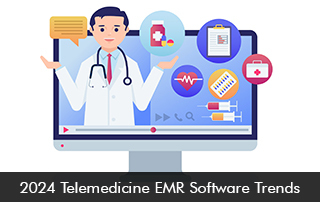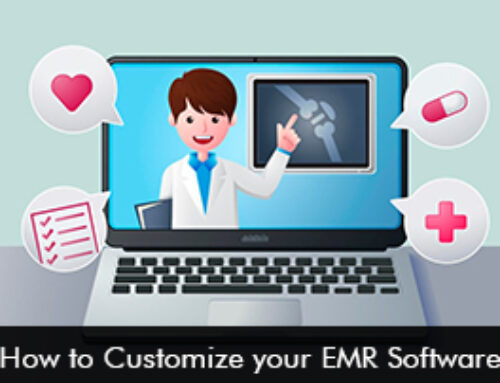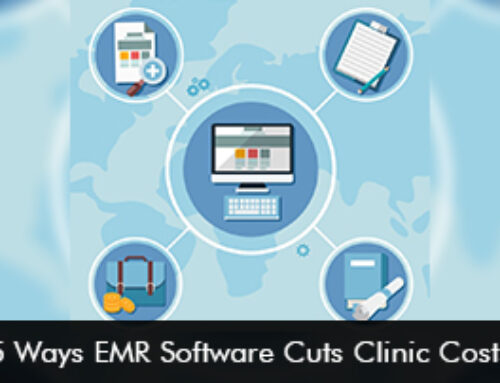Healthcare technology and virtual care solutions have become integral to patient care and patient experience. The inception of the COVID-19 pandemic brought Telemedicine EMR Software solutions to the forefront of care. The robust platform enabled providers to offer diagnosis and treatment to patients from the comfort of their homes. Now telehealth software solutions have been embraced by hospitals and clinics all over the US because patients see it as a convenient remote care option. Remote monitoring and other virtual care solutions have become prominent to support patient care and enhance health outcome levels.
Using the Telemedicine EHR Software in 2024
Healthcare organizations are looking ahead to 2024, and it only makes sense to be aware of the future of telemedicine to ensure success. Integrating telehealth technology for care has become crucial for hospitals to stay competitive.
This year, telemedicine offerings should be prioritized to meet patient needs and improve the overall patient experience. A digital health technology boom means physicians must be prepared for patients requesting video visits and other telemedicine services.
Four Trends in Telemedicine EMR Software for 2024
- Ongoing momentum of virtual care – The pandemic brought telehealth into the spotlight and it became a preferred method to receive prompt care by patients because of the convenience. Telemedicine EHR Software is especially effective for mental health counseling, chronic disease, and pain. Furthermore, the US government is also backing the telehealth platform. For example, the government of the United States passed the Advancing Telehealth Beyond COVID-19 Act of 2020, which allows Medicare patients to access audio-only telehealth services through 2024. This shows that the telemedicine platform is becoming more accessible and adaptation rates will increase.
- Telemedicine will be key to market positioning – To stay competitive in the healthcare market hospitals should know that telemedicine solution is the key to getting more patients on board. Patients want ease, convenience, and comfort when receiving care, and telemedicine electronic medical records software does that well. If hospitals do not offer the functionalities of online booking, built-in chat feature, and easy online payment options bought with telehealth, patients will more likely find a provider that offers these capabilities to improve the patient experience.
- Telemedicine is expanding – Telehealth is more than just a check-up tool for providers. It has helped to increase access to care by providing an opportunity for patients in rural areas to receive high-quality patient care and remote consultations which would have been otherwise impossible. Telemedicine software can support remote patient monitoring, chemotherapy, and diabetes management, and even offer Alzheimer’s support. The virtual care platform is making an impact on many people’s lives.
- Hybrid Care Models – The hybrid care healthcare delivery model combines both in-person care and remote consultations for patients. This hybrid approach to care gives more flexibility, and convenience to patients and also expands access to care. The right levels of care can be given at the right time. Patients with non-urgent issues can get care via Telemedicine software sessions.
Future of Telemedicine Software
Telemedicine EMR Software can help bridge the gap between patients and providers, providing an opportunity to receive care from anywhere. The future of Telemedicine technology looks promising with the global US market estimated at US Dollars 34799.9 million. Hospitals that want to stay competitive and successful need to invest in intuitive and robust Telemedicine Software to enhance health outcomes on a greater scale.







